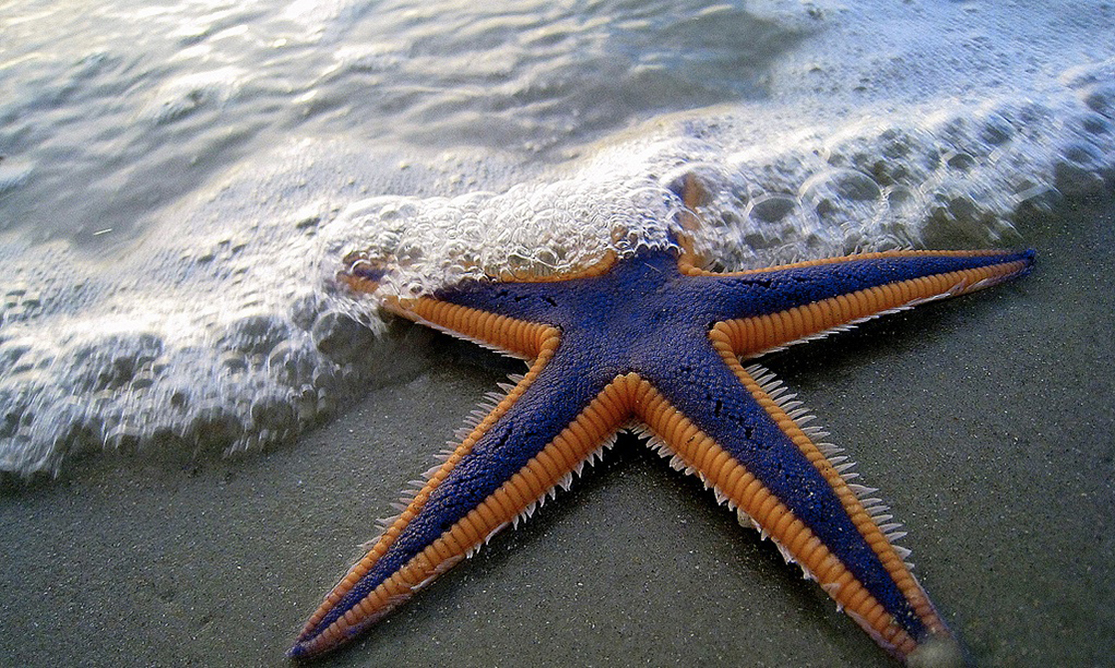| << Chapter < Page | Chapter >> Page > |

A brief look at any magazine pertaining to our natural world, such as National Geographic , would show a rich variety of vertebrates, especially mammals and birds. To most people, these are the animals that attract our attention. Concentrating on vertebrates, however, gives us a rather biased and limited view of biodiversity, because it ignores nearly 97 percent of the animal kingdom, namely the invertebrates. Invertebrate animals are those without a cranium and defined vertebral column or spine. In addition to lacking a spine, most invertebrates also lack an endoskeleton. A large number of invertebrates are aquatic animals, and scientific research suggests that many of the world’s species are aquatic invertebrates that have not yet been documented.

Notification Switch
Would you like to follow the 'Biology' conversation and receive update notifications?